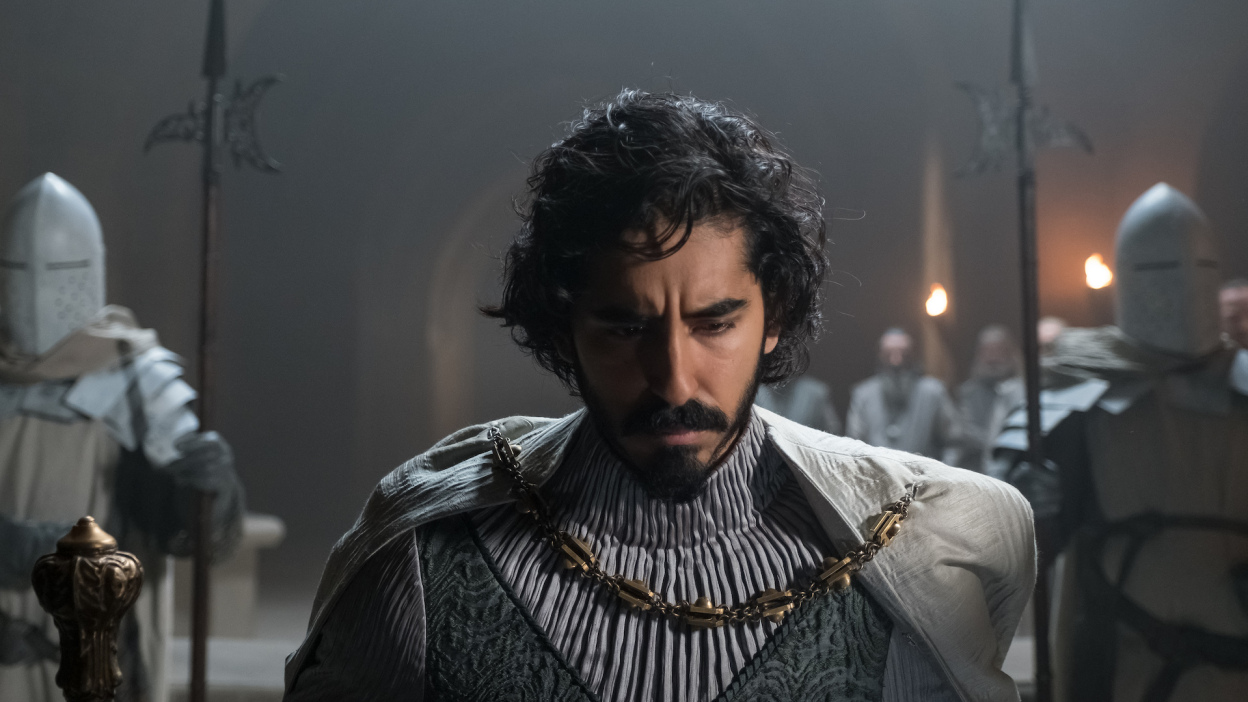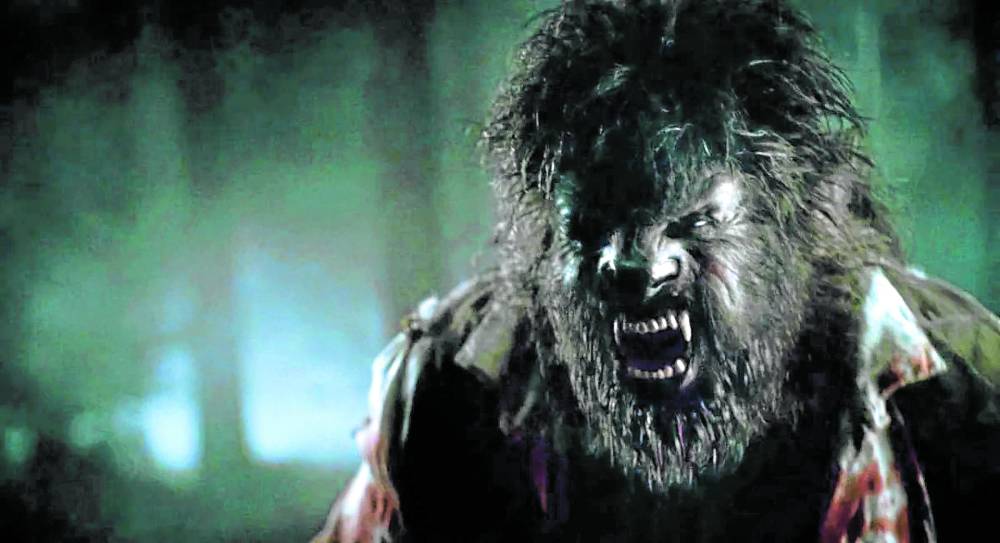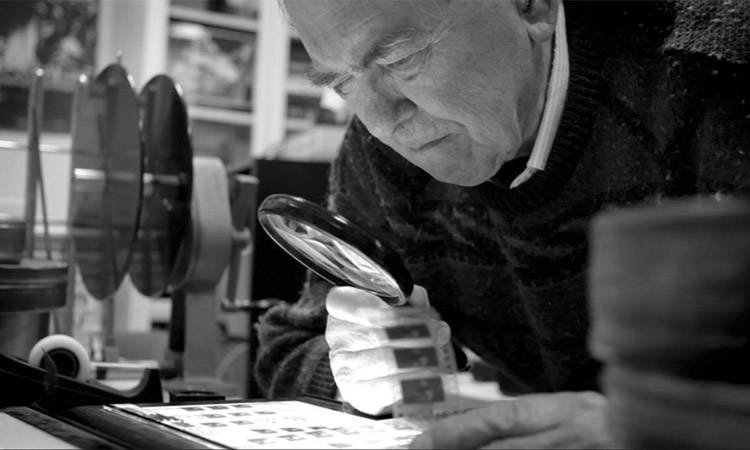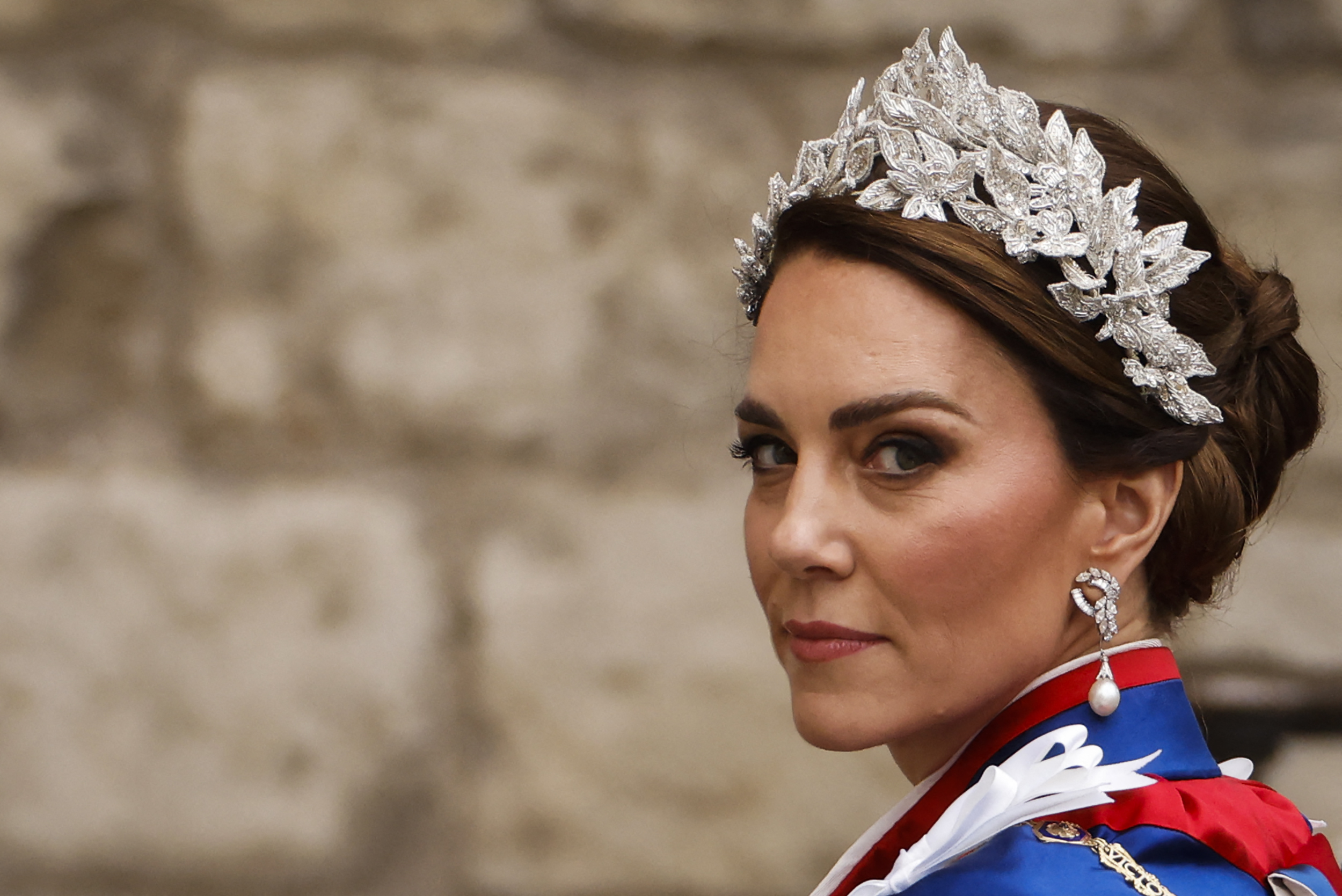LOS ANGELES (Variety.com) – It’s tempting to think of the first “Star Wars” movie as ground zero for the new era of popular culture. (You might say that the 21st century began, in spirit, the day “Star Wars” opened.) But part of the primal power of George Lucas’s sci-fi landmark is that it represented a kind of dawn-of-the-digital-age, joystick-happy recycling of many, many things from the past. It drew on the ramshackle movie serials of the ’40s and ’50s. It drew on classic films as serious as John Ford’s “The Searchers” and Akira Kurosawa’s “The Hidden Fortress.” And, of course, there would have been no “Star Wars” without J.R.R. Tolkien’s “The Lord of the Rings” (just look at Gandalf with a technological squint, and you’ve got Obi-Wan Kenobi).
One of the reasons the “Lord of the Rings” films became such a massive cultural phenomenon is that they were, in effect, the true prequels to “Star Wars.” (It didn’t matter that they unfolded in a more primitive world; they took you over the hills and far away.) And movies, to this day, will happily go back to anything that can be linked to “Star Wars” DNA. That certainly includes one myth that Tolkien drew upon in writing the “Lord of the Rings” trilogy: the saga of King Arthur and the Knights of the Round Table. There have, ironically, been almost no good movies made of the Arthurian legends (I’d say the best is Disney’s “The Sword in the Stone,” with “Excalibur” coming in a distant second — beyond that, the landscape is littered with high-flown Arthurian detritus like “First Knight,” “The Last Legion,” and “King Arthur: Legend of the Sword”). But the tale of King Arthur still exerts a force on our imaginations, and Merlin, a character introduced in the 12th century, remains the Ur-wizard.
All of which makes “The Green Knight” a vital and fascinating artifact. If “The Lord of the Rings” undergirds “Star Wars,” and the King Arthur saga undergirds “The Lord of the Rings,” what are we to make of a misty, lavishly scaled medieval odyssey, full of ghosts and magic and hallucinations and wandering, that adapts — and does its best to stay true to — “Sir Gawain and the Green Knight,” an epic poem of tormented romantic nobility, with links to the Arthurian legends, written by an anonymous author in the late 14th century? As a movie, “The Green Knight” feels like it was scraped out of the deepest, muddiest archaeological sediment of the Age of Chivalry.
I still recall trying to read “Sir Gawain and the Green Knight” for a college literature class and getting through about four pages of it. I wasn’t exactly the world’s prize English major — but then, one reason I chose to watch movies instead is that the theological arcana of mystic medieval poetry didn’t exactly float my boat. It still doesn’t. As a movie, however, “The Green Knight” turns out to be accessible and engaging. Written and directed by the gifted maverick David Lowery (“A Ghost Story,” “The Old Man & the Gun,” “Pete’s Dragon”), But I saw how it added up, and I was glad to go with it. In essence, it’s about a fellowship with only one fellow (though he meets assorted specters and scoundrels along the way). His name is Gawain, and he’s played, in long black hair and a beard, by Dev Patel, whose forlorn vitality suggests a warrior-saint of the high Christian era infused with a dollop of Ringo Starr.
In a stone-walled mountainside kingdom presided over by the King (Sean Harris) and Queen (Kate Dickie) — in the poem, it’s King Arthur, in the movie his name is never mentioned — Gawain, a dissolute chap who basically likes to frolic with his lady love, is called before the royal court. It’s no fluke; Gawain’s mother (Sarita Choudhury) is the King’s sister. The King wants great things from him, and Gawain, in his way, seeks to comply. He has his chance soon enough when in wanders the Green Knight (Ralph Ineson), a hulking creature with a giant ax who doesn’t look quite of this earth.
In the poem, he’s described as being a transcendent shade of green. In the movie, he’s a grandly tranquil beast of nature with a head carved out of a tree trunk. Is it a coincidence that he looks like an armored version of Groot from the “Guardian of the Galaxy” films? The financial backers of “The Green Knight” would probably say: It is not. Yet he’s quite an image, and since, in the movie, it’s Christmas time (which meant something different back in the age when Black Friday had more to do with the plague than Wal-Mart), the Green Knight offers to engage in a Christmas game as simple as it is elemental. His challenge is this: He will face a volunteer from the King’s court, and whatever wound said knight can inflict, the Green Knight will return that wound in one year.
Gawain volunteers, only to see the Green Knight put down his ax and bow his gnarled, bearded tree head. He is offering Gawain the chance to decapitate him. And that’s just what Gawain does. He has won this duel. But he now has a year to prepare for a journey in which he’ll ride off to meet the Green Knight and will face decapitation himself. “One year…hence,” says the Green Knight in his somber fairy-tale whisper.
We’re thinking: pretty badass for a poem written several hundred years before Shakespeare (not to mention “Re-Animator”). But once Gawain, in his suit of chainmail, sets off on his journey, “The Green Knight” settles into a leisurely episodic rhythm that’s more contemplative than cathartic. It would like to be a dream, but the whole story is really an elaborate ritual.
The wizards of A24, the hipster distribution company, have cut a bedazzling trailer out of “The Green Knight,” to the point that a friend asked me if she should take a bunch of 10-year-olds to it for a birthday party. My thought was: In a better world, perhaps — but I seriously wonder what a child seeking out a fantasy ride would make of this ravishing and enigmatic movie. It immerses us in the stoned danger and ardor of Gawain’s journey, especially when he’s attacked by scavengers and left for dead (the image of a skeleton in this sequence will make your heart stop), or when he encounters the petulant enchantress Winifred (Erin Kellyman). At other moments, you may feel yourself vegetating. At the home of an ambiguous Lord, played with great cunning by Joel Edgerton, Gawain becomes involved in a kind of austere triangle between the Lord and his Lady (Alicia Vikander), a sequence that’s mostly there to conjure the temptations a true knight will work to avoid.
A true movie would tend to give into them. But Lowery, in dramatizing this quirky cousin of the other Arthurian legends, is going for the kind of de-melodramatization of the Middle Ages that Robert Bresson was celebrated for bringing off in his 1974 clanking-sword tone poem “Lancelot du Lac.” I’ve never been able to take that Bresson “masterpiece” (it’s about as exciting as watching spilled blood dry), but Lowery, with “The Green Knight,” has made a solemnly moving Christian parable that uses pagan elements to replay the interior thrust of the Christ story. Gawain says he’s pursuing “honor,” and in a sense, that’s just what he does. From our vantage, though, what he’s really doing is confronting and accepting death — the place that his death has in the grand cosmos. Death, in this movie’s terms, is the sacrifice that God asks all of us to make for him. And the way that plays out in “The Green Knight” is to make Gawain the hero of a fantasy movie that’s a kind of anti-“Star Wars.” He imagines the life he might have had (like Willem Dafoe’s Jesus in “The Last Temptation of Christ”). But then he feels the Force of nature. And he gives himself up to the stars.













































